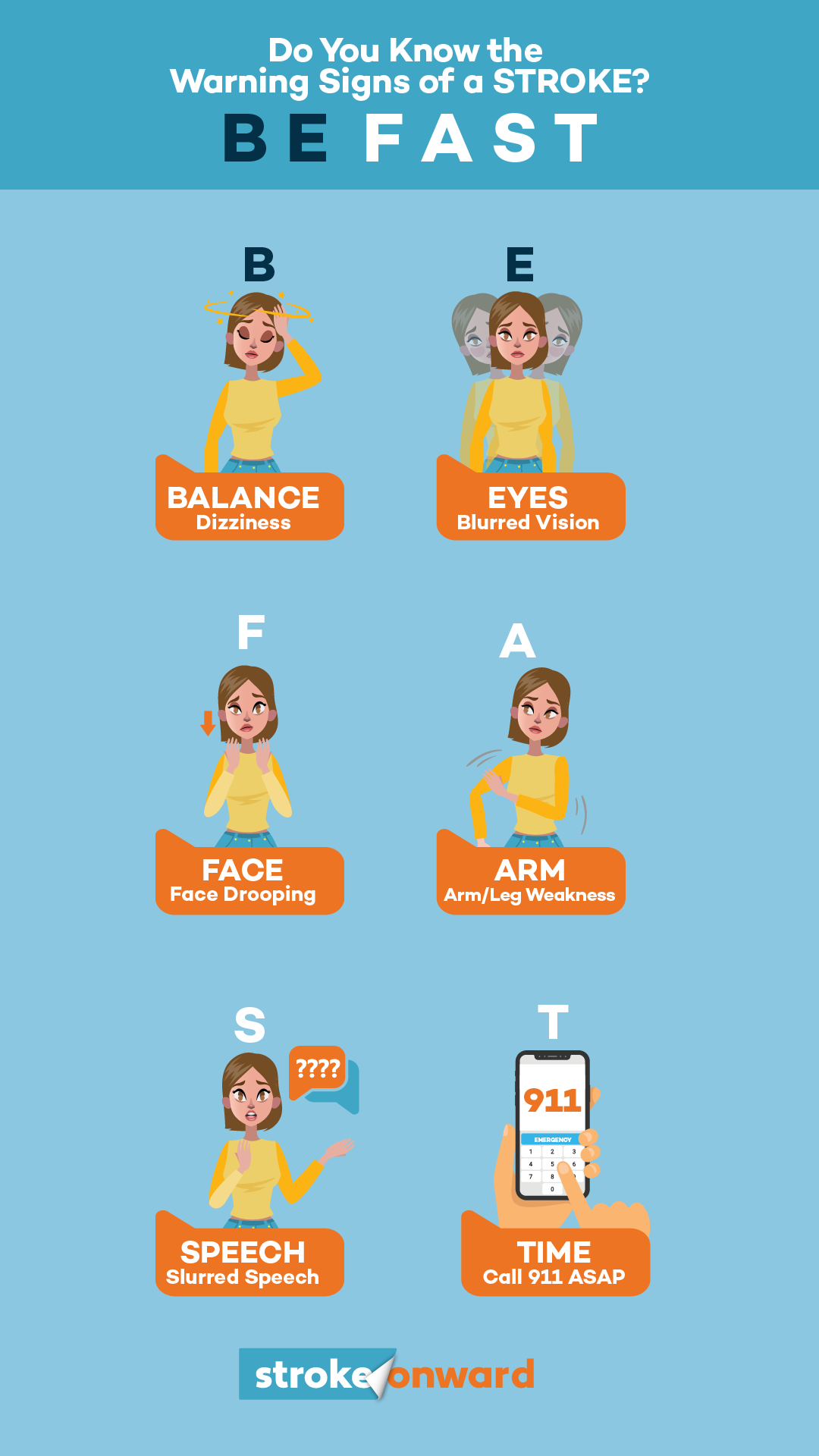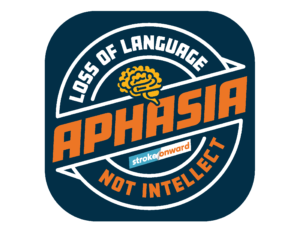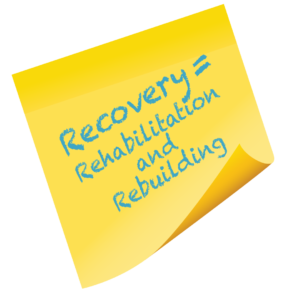Debra Meyerson and Steve Zuckerman wanted to ride their tandem across the country – for their love of cycling and as a challenge involving the activity that has meant so much to them in their recovery from Debra’s stroke in 2010. But they decided it was an opportunity to do so much more, so they involved more survivors and events and activities to capitalize on that activity.
We ride for stroke awareness
We ride for aphasia awareness
We ride to highlight the importance of emotional recovery
We Ride for Stroke Awareness
790,000 Americans have a stroke each year
A stroke occurs when the blood supply to part of the brain is suddenly interrupted or when a blood vessel in the brain bursts. This causes the brain cells to die.
There are two main types of stroke:
- Ischemic, representing about 80% of all strokes – brain cells die because blood doesn’t get to parts of the brain due to a blood clot or other arterial obstruction.
- Hemorrhagic – brain cells die because a blood vessel leaks or bursts and floods parts of the brain.
Stroke is a leading cause of death in the United States and is THE leading cause of adult-onset disability.
Disability from stroke takes many forms depending on the location of the stroke and how much damage is done. Impacts can include
- Physical disabilities on one or both sides of the body
- Communication disorders
- Emotional and behavioral changes
In the US, someone has a stroke every 40 seconds.
Do you know the signs of stroke?
Recognizing signs of a stroke, and moving fast, is critical. When you see any of these signs, call 911 immediately. Rapid diagnosis dramatically increases treatment options, and rapid treatment can save lives or dramatically decrease the number severity of the disabilities it creates.

BE FAST is the phrase to know.
B – Balance: Watch for sudden loss of balance
E – Eyes: Check for vision loss
F – Face: Look for an uneven smile
A – Arm: Check if one arm is weak
S – Speech: Listen for slurred speech
T – Time: Call 9-1-1 right away
We Ride for Aphasia Awareness
 An estimated 2 million people in the US have aphasia.
An estimated 2 million people in the US have aphasia.
Aphasia is a devastating language disorder that impacts conversational interaction (talking and understanding) as well as the ability to read and write. Yet many people have never heard of it.
30% of strokes result in aphasia
Aphasia is always due to injury to the brain – most commonly from stroke but also from head trauma, brain tumors, infections, neurodegenerative diseases, and other brain injuries. There are many forms of aphasia and the severity varies greatly.
Aphasia is a loss of language, NOT intellect.
Aphasia causes communication difficulties but does not impact intelligence. Other conditions, like Alzheimer’s, … a few more examples, can be present alongside aphasia, and can impact cognitive function. Communication challenges caused by aphasia can include, among other things:
- Thoughts are clear, but can’t easily find or produce words
- Words flow easily, but come out as gibberish
- Hearing is fine, but the listener gets no meaning from them
A mild case may lead a Person with Aphasia (PWA) to have trouble finding words in the evening when tired. A severe case – global aphasia – leaves PWA speaking few recognizable words and little or no ability to understand spoken language.
Improvement, even full recovery, is possible. Aphasia is treated by speech language pathologists (SLPs) using a variety of treatment approaches. The growth of virtual meetings/medical care is allowing more people with aphasia to have access to therapy from where they live. New technologies are giving PWA tools to help the communication more effectively in spite of their disabilities.
Learn more:
We Ride to highlight the importance of Emotional Recovery
Rebuilding Identity and Rewarding Lives
After a medical trauma like stroke, survival is job one. Job two is working to regain as many and as much of former capabilities as possible. But there is another less visible and sometimes even more challenging aspect of recovery — the emotional journey to rebuild identities and rewarding lives. Survivors with ongoing disabilities often face dramatic changes to their lives and opportunities — relationships with family and friends, work and income, activities and hobbies, and more.
Recovery = Rehabilitation AND Rebuilding
Rebuilding purpose
Rebuilding meaning
Rebuilding rewarding lives
Who are You?
Traumas like stroke can fundamentally change our identities – our sense of self. Not just for the survivors themselves, but also their loved ones.
Rebuilding identities is a key part of the emotional recovery from stroke – not just “Who you are” but “Who You WANT TO BE”
Key factors about identity:
- We all have many identities – As Debra writes in her book, “our identity is not a static thing… It is a mix of our desires and ambitions, our associations and roles, our values and our relationships, and our emotions and thoughts.”
- Identity is ever changing – When a stroke occurs, it can dramatically impact your identity; but it’s important to remember that everyone is changing all the time, even without a traumatic event like stroke.
- Our relationships impact our identity – we are who we are in the context of the people and communities around us. After a stroke, relationships can change but it is important to remember that you can choose who you spend your time with.
- Identity is a choice – think about who you WANT to be; disabilities from stroke may limit your choices some, but they don’t have to dictate who you are.
Learn more:
- Identity Theft: Rediscovering Ourselves After Stroke – Available in print and audiobook formats
- Stroke Onward
- Stroke Onward’s American Stroke Association Column
Connect With Us
Join Stroke Onward founders Debra and Steve and all of our colleagues, collaborators and supporters who are helping to create a system that gives all survivors access to a better recovery after stroke, both physical and emotional.
By joining our community, you will get access to helpful resources, and receive our periodic newsletter that includes updates about our expanding work to support survivors and families and improve the stroke system of care.

